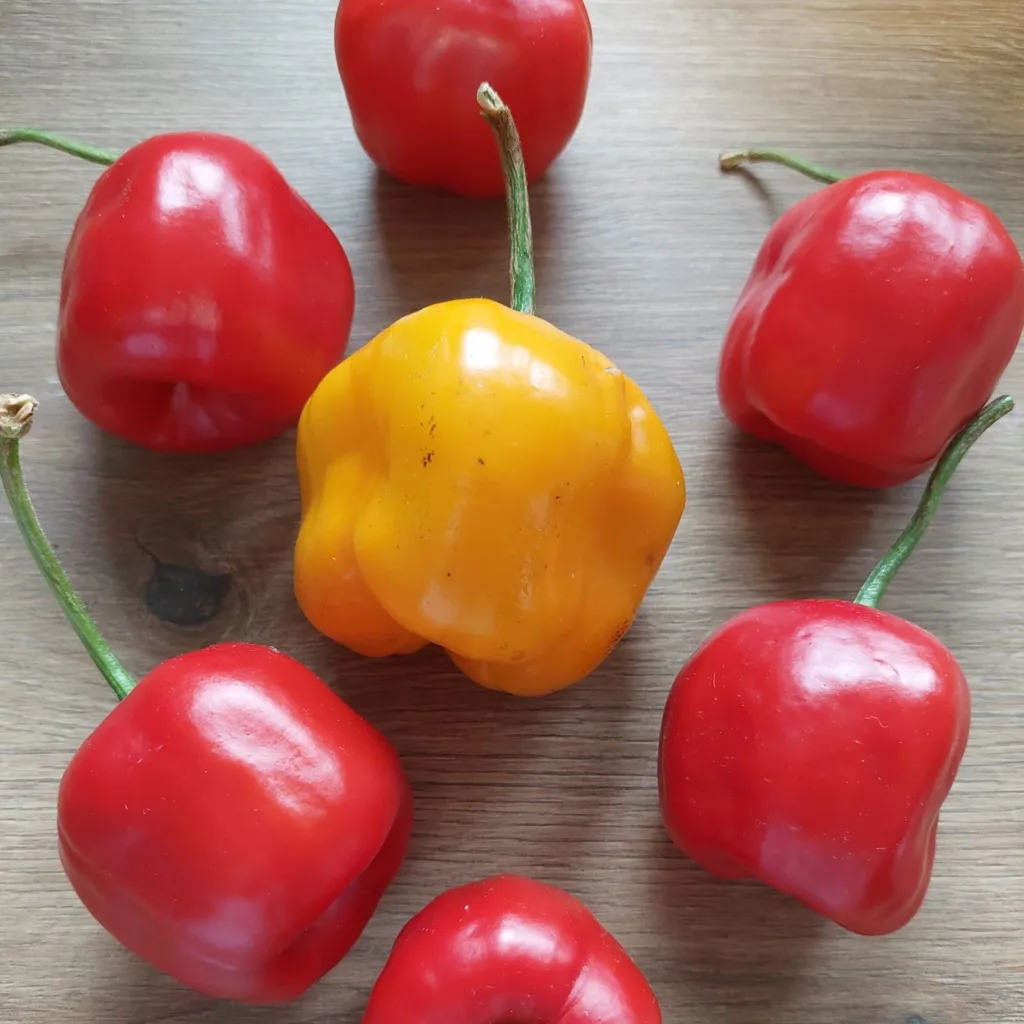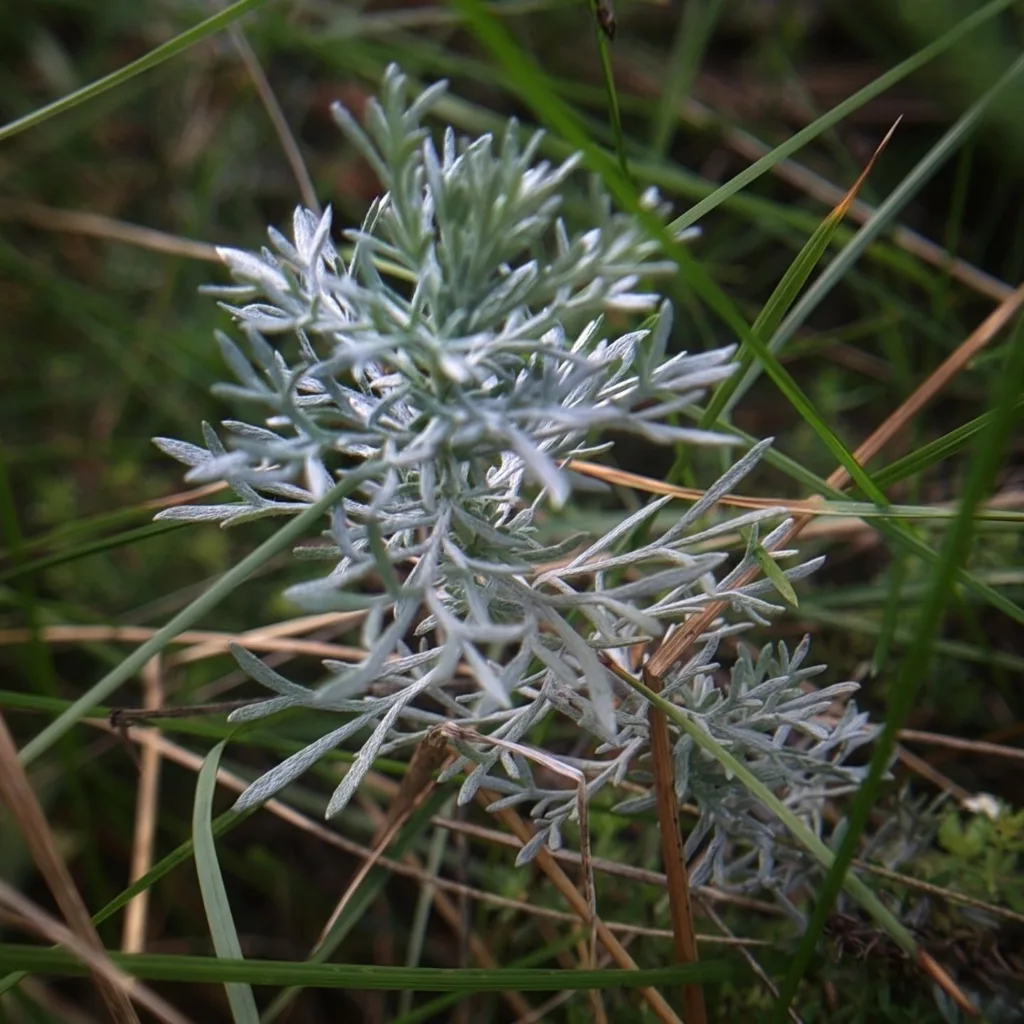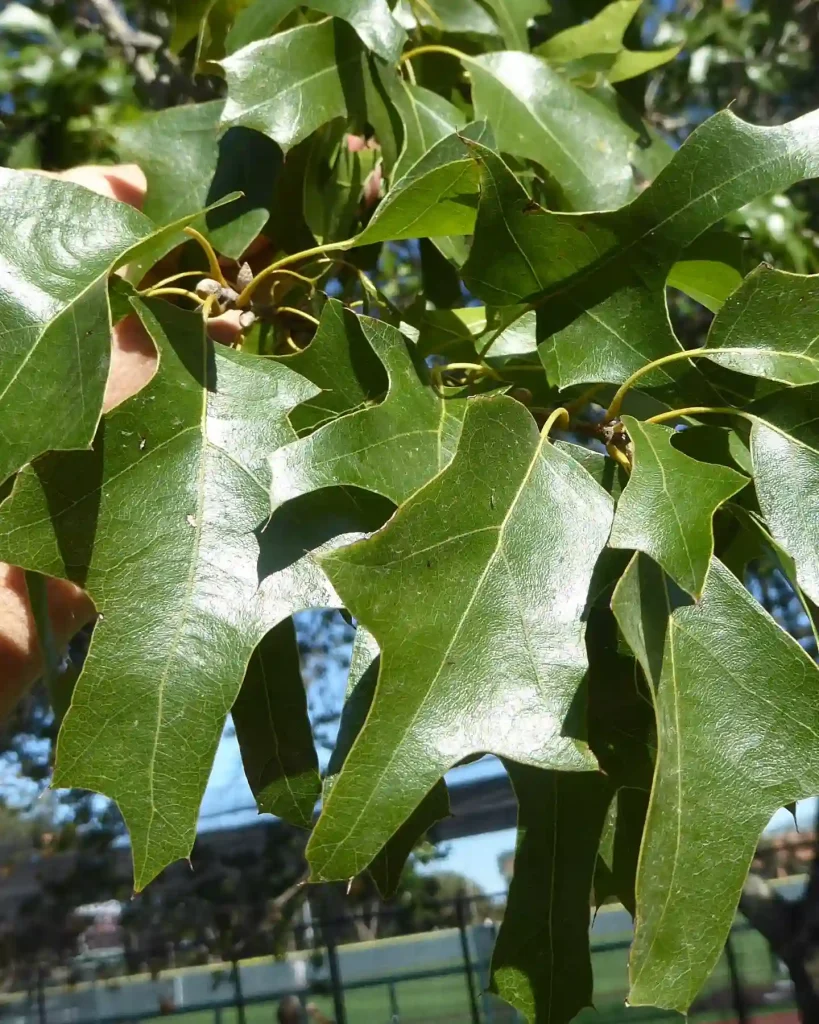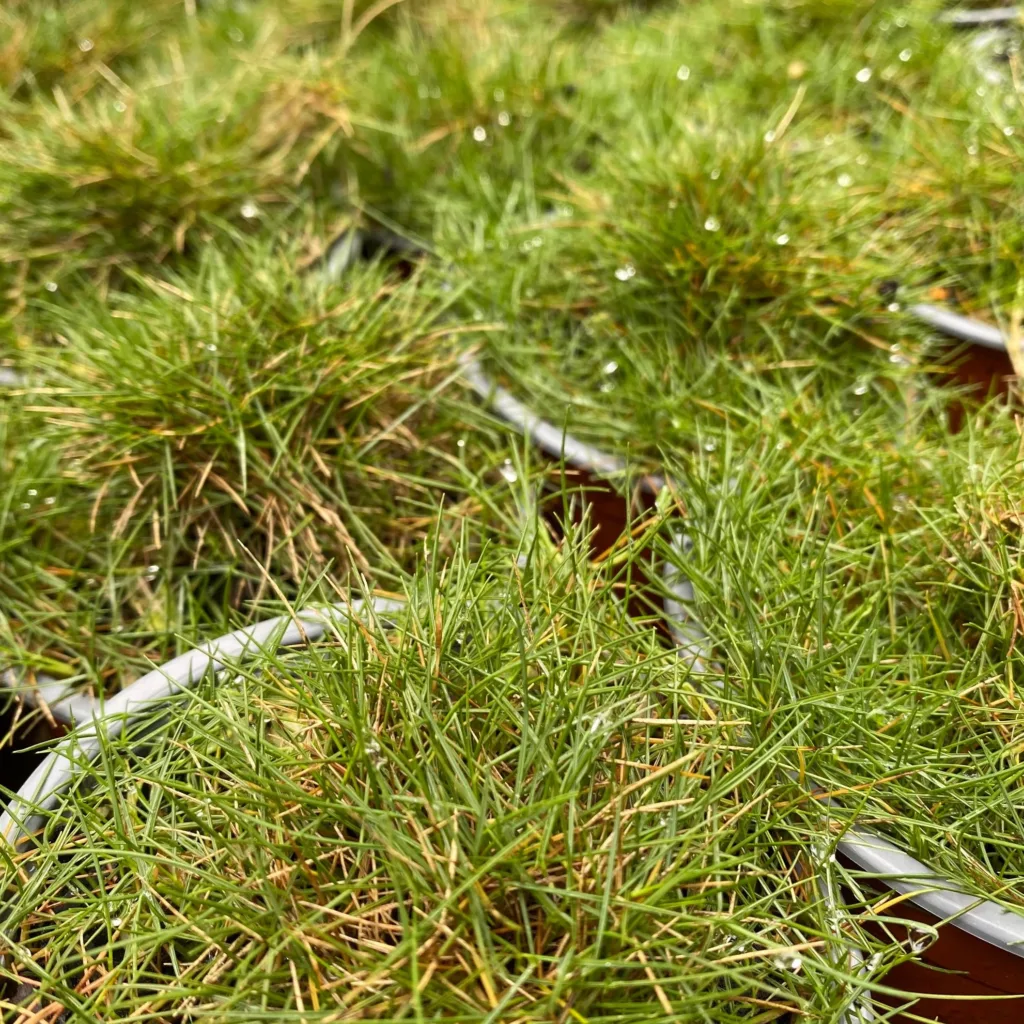What Is Leptodermis Oblonga?
Leptodermis Oblonga is a fascinating plant species belong to the Rubiaceae family I’ve had the pleasure of growing. Known for its unique appearance and low-maintenance care, this plant has intrigued many gardeners, including myself. Originating from the tropical regions of Asia, Leptodermis Oblonga is characterized by its elongated, leathery leaves that give it a distinct, ornamental look. The plant’s ability to adapt to various conditions makes it a popular choice for both novice and experienced gardeners.
Plant Family: 616 Genera in Rubiaceae – Coffee Family
How to Care for Leptodermis Oblonga?
Caring for Leptodermis Oblonga has been quite straightforward for me. Here are some essential tips to keep this plant thriving:
- Light: Leptodermis Oblonga prefers bright, indirect light. It can tolerate some direct sunlight but thrives best with filtered light. I’ve found that placing it near a window with sheer curtains works well.
- Water: This plant does not like to sit in waterlogged soil. I water it thoroughly when the top inch of the soil feels dry. Overwatering can lead to root rot, so ensuring proper drainage is crucial.
- Humidity: Being a tropical plant, Leptodermis Oblonga enjoys higher humidity levels. I mist the leaves regularly or place a humidity tray nearby. It has done well in the humidity levels typical of my indoor environment.
- Temperature: It thrives in a temperature range of 65°F to 75°F (18°C to 24°C). Avoid exposing it to temperatures below 50°F (10°C), as it can cause stress to the plant.
How to Propagate Leptodermis Oblonga?
Propagating Leptodermis Oblonga is an exciting process. I’ve successfully propagated it using stem cuttings. Here’s how:
- Select a Healthy Cutting: Choose a healthy stem with several leaves. Ensure it’s about 4-6 inches long.
- Prepare the Cutting: Trim the cutting just below a leaf node. Remove any lower leaves to prevent them from rotting in the soil.
- Rooting Medium: Place the cutting in a pot with a well-draining rooting mix. I use a combination of peat and perlite.
- Care: Keep the cutting in a warm, humid environment. I cover it with a plastic bag to maintain humidity and place it in bright, indirect light.
- Transplanting: Once roots develop and the cutting shows new growth, transplant it into a larger pot.
What to Plant With Leptodermis Oblonga?
Leptodermis Oblonga pairs well with other tropical and subtropical plants. I’ve found it looks great alongside:
- Philodendrons: Their bold foliage complements the texture of Leptodermis Oblonga.
- Pothos: The trailing nature of Pothos creates a lush, cascading effect.
- Ferns: Ferns add a different texture and thrive in similar humidity conditions.
Benefits of Leptodermis Oblonga
Growing Leptodermis Oblonga has several benefits:
- Aesthetic Appeal: Its unique, elongated leaves add a touch of elegance to any space.
- Low Maintenance: It’s relatively easy to care for, making it ideal for busy individuals or those new to gardening.
- Air Purification: Like many tropical plants, it helps improve indoor air quality by filtering pollutants.
Is Leptodermis Oblonga Toxic?
I’ve found that Leptodermis Oblonga is not known to be toxic to pets or humans. However, it’s always wise to keep plants out of reach of pets to avoid any potential issues, as individual reactions can vary.
Common Problems with Leptodermis Oblonga
Despite its resilience, Leptodermis Oblonga can encounter some issues:
- Yellowing Leaves: This often indicates overwatering. Ensuring proper drainage and adjusting the watering schedule usually resolves this issue.
- Pests: I’ve occasionally seen spider mites and mealybugs. Regularly checking the plant and treating it with insecticidal soap helps manage these pests.
Compare Leptodermis Oblonga with Similar Plants
When comparing Leptodermis Oblonga to other plants, here are some similarities and differences I’ve noticed:
- Vs. Monstera: Both have large, dramatic leaves, but Monstera tends to have more pronounced fenestrations. Leptodermis Oblonga’s leaves are more uniform in shape.
- Vs. Philodendron: While both are tropical, Philodendrons often have heart-shaped leaves and a more vining habit, whereas Leptodermis Oblonga has elongated leaves and a more upright growth form.
Conclusion
Leptodermis Oblonga is a captivating plant that adds elegance and a touch of the tropics to any space. Its care requirements are manageable, making it a great addition to various indoor settings. Whether you’re a seasoned gardener or just starting, I highly recommend giving Leptodermis Oblonga a try. Its unique characteristics and low-maintenance nature make it a standout choice for any plant enthusiast.
If i die, water my plants!



